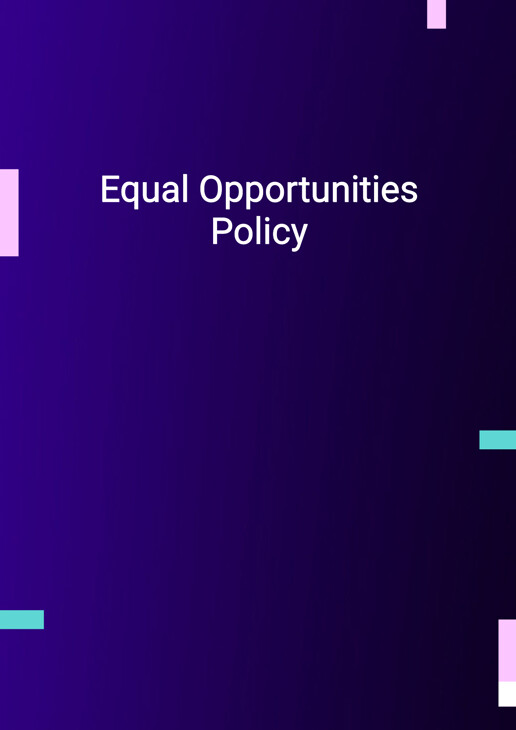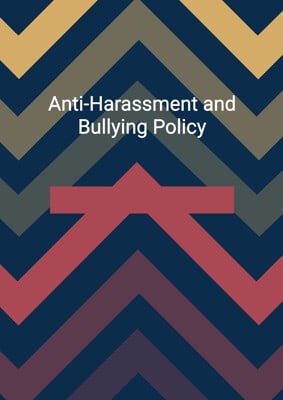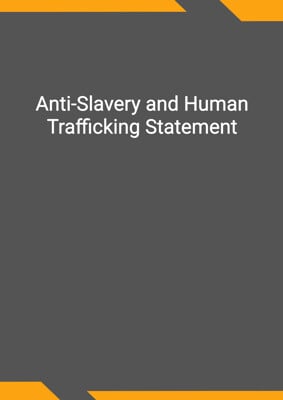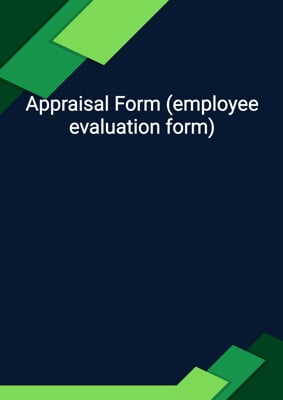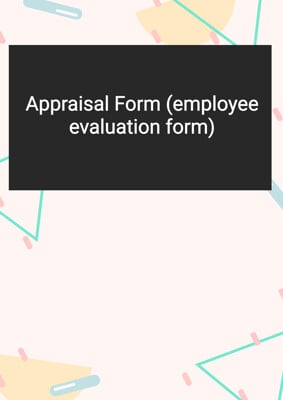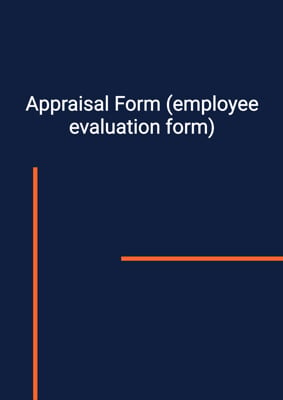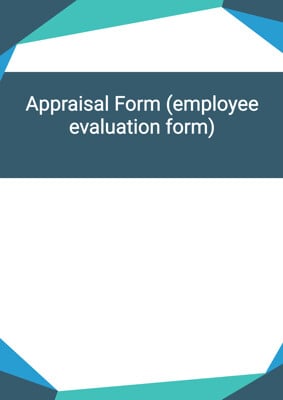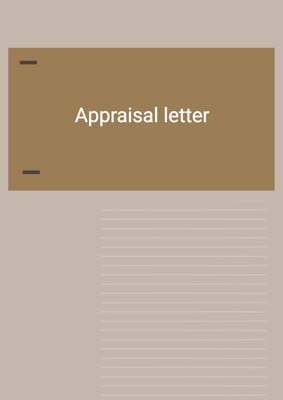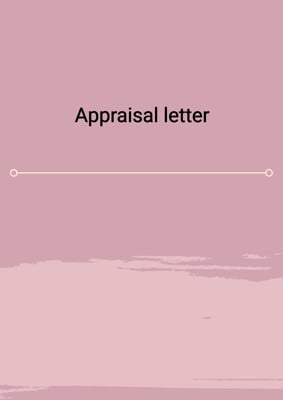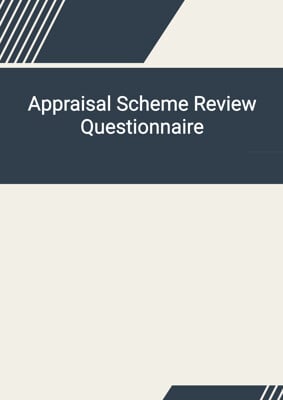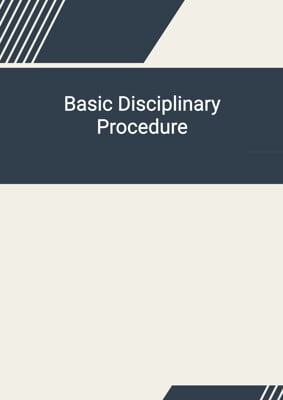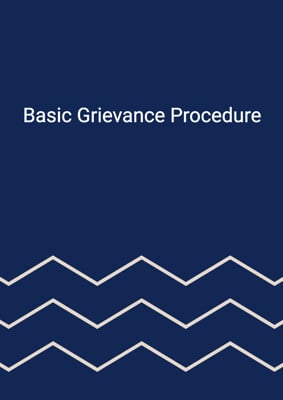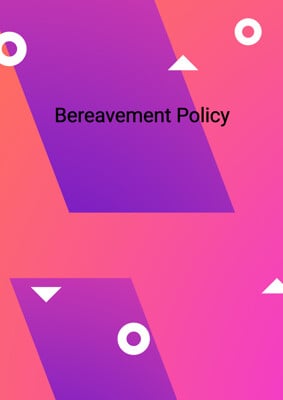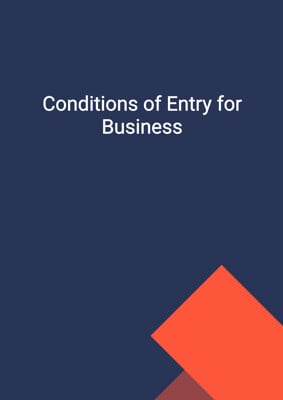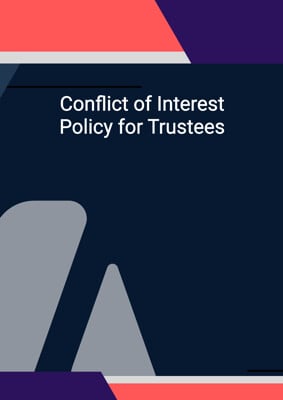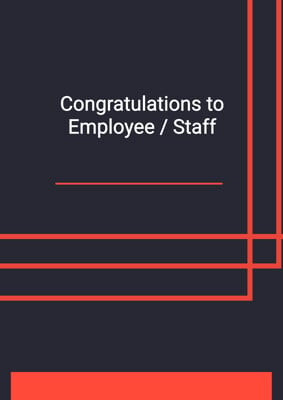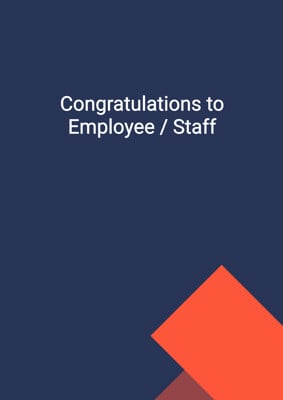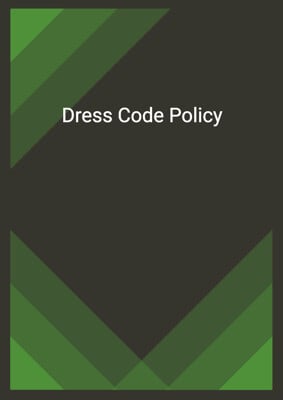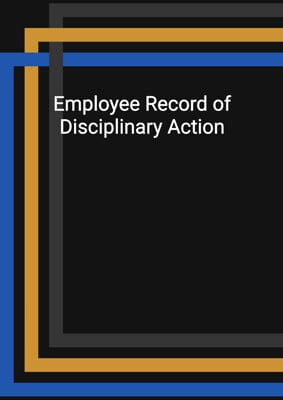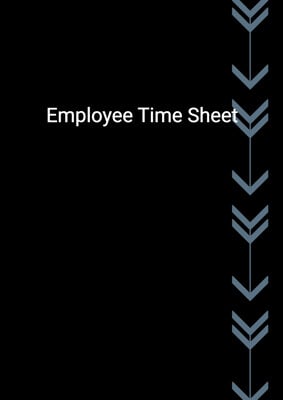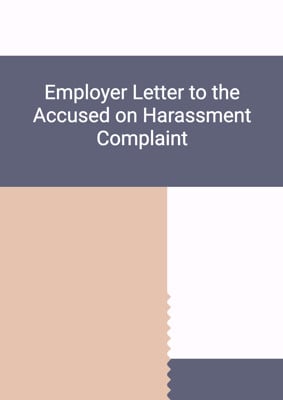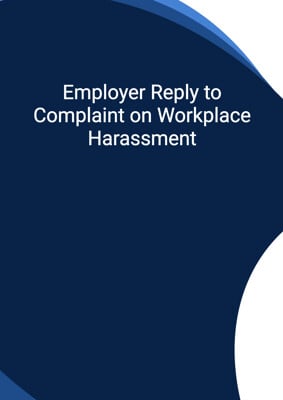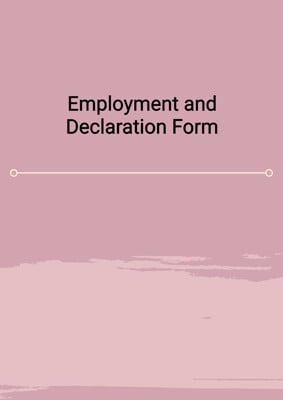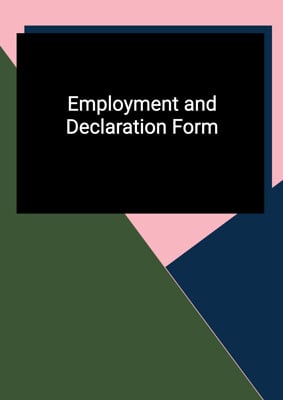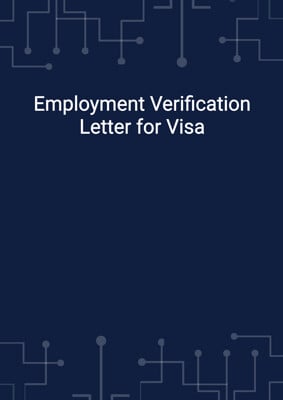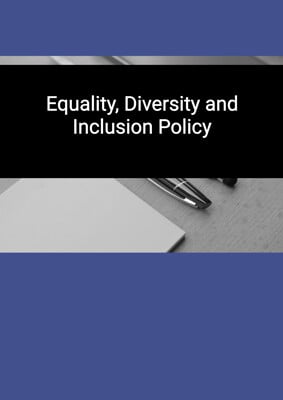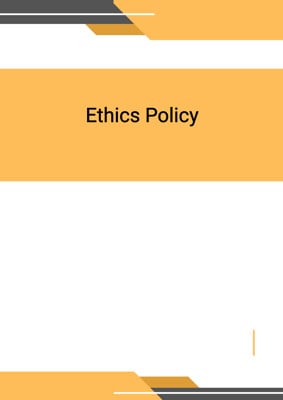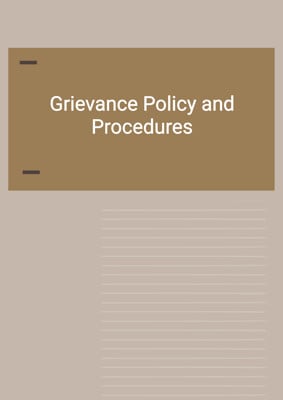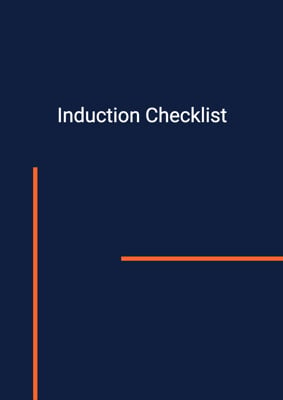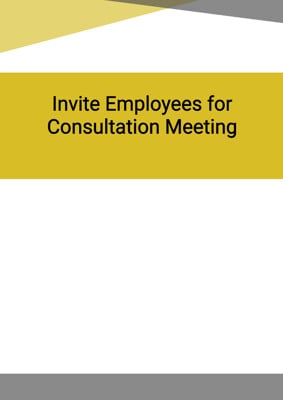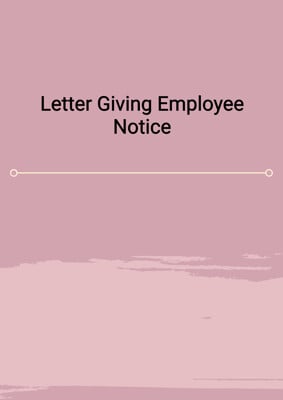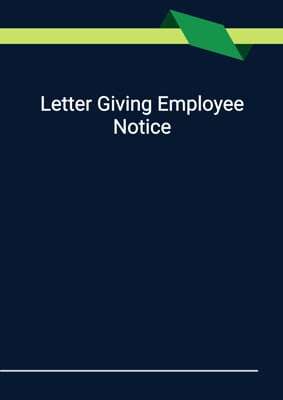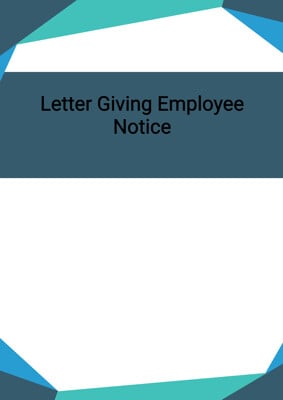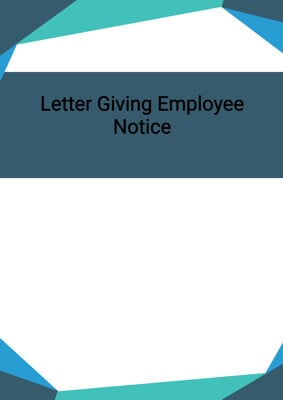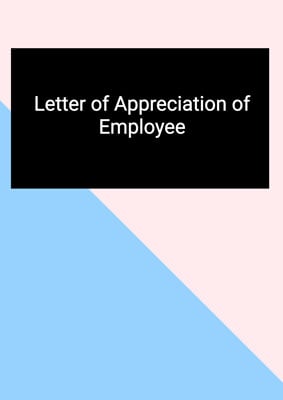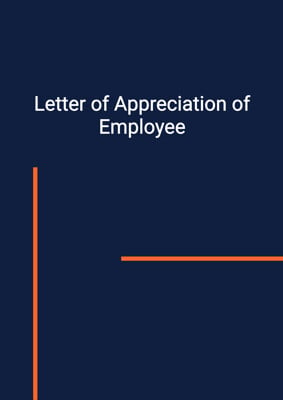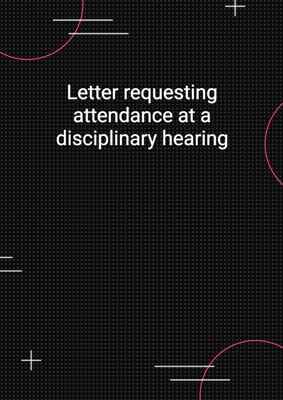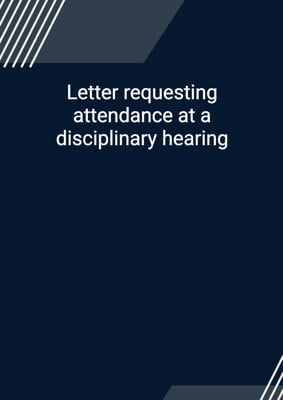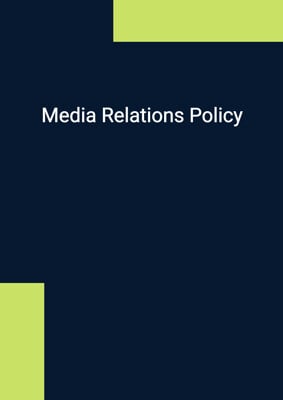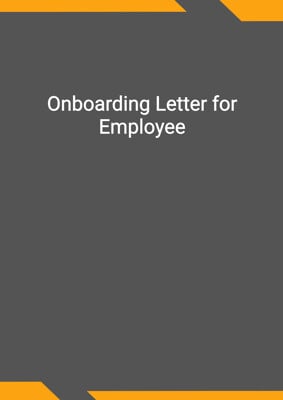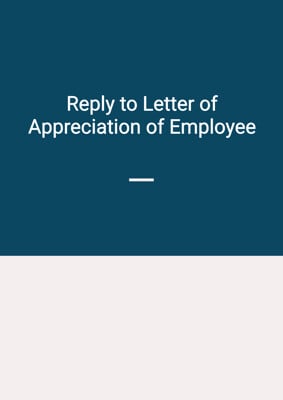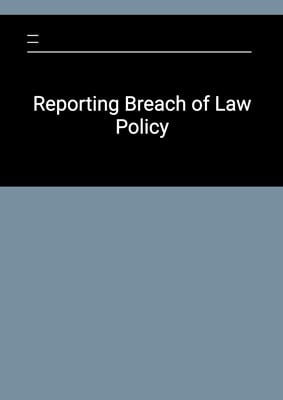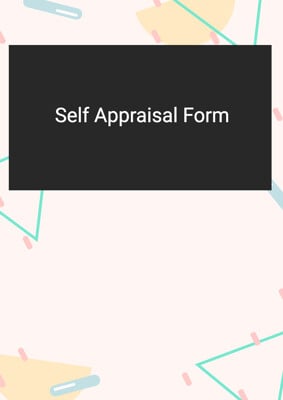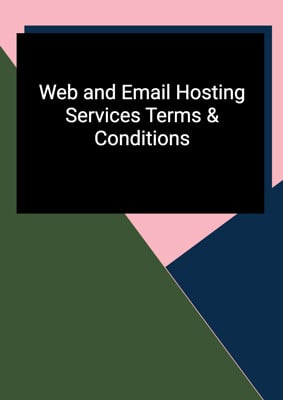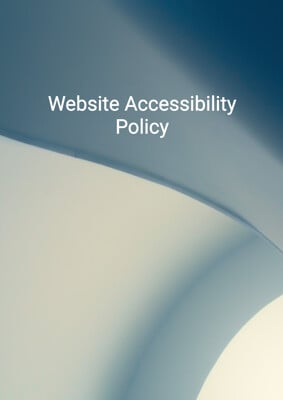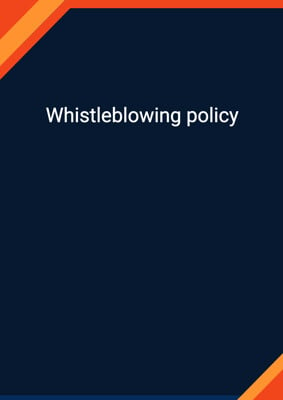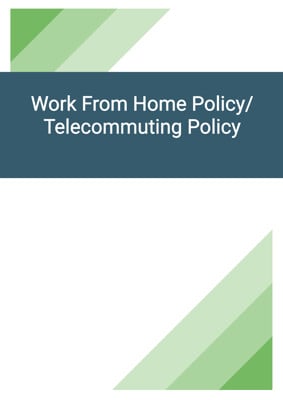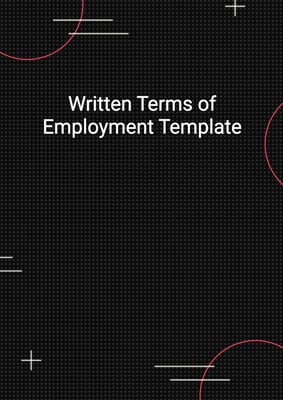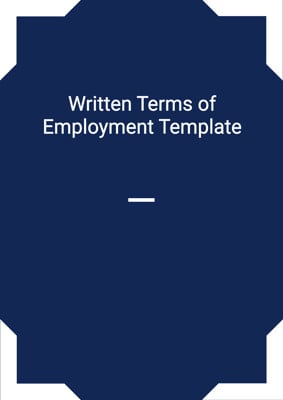How to Tailor the Document for Your Need?
01
Create Document
Click "Create Document" button and the document will be prepared with your account details automatically filled in.
02
Fill Information
Please fill in any additional information by following the step-by-step guide on the left hand side of the preview document and click the "Next" button.
03
Get Document
When you are done, click the "Get Document" button and you can download the document in Word or PDF format.
04
Review Document
Please review the document carefully and make any final modifications to ensure that the details are correct before publication / distribution.
Document Preview
Document Description
The Equal Opportunities Policy is a document that outlines the company's commitment to providing equal employment opportunities to all employees. It emphasizes the importance of equality, diversity, and inclusion within the workplace. The policy applies to all employees, including those under permanent contracts, part-time contracts, interns, volunteers, and casual workers.
The policy has a general purpose, which is to provide equal employment opportunities for employees irrespective of their age, gender, race, ethnicity, disability, nationality, sexual orientation, marital status, religious belief, and social class. It aims to create an equal, diverse, and inclusive workplace culture that maximizes business performance. The policy also aims to create a workplace free of harassment, bullying, victimization, and discrimination, ensuring that all employees feel respected. Additionally, the policy emphasizes that all decisions concerning employment issues should be based on merit.
The responsibilities for the dissemination and implementation of the policy lie with the senior management of the company. They are responsible for setting an appropriate standard of behavior, leading by example, and ensuring that all employees adhere to the policy. The human resources department is responsible for overall compliance and handling breach allegations.
The policy clearly states that the company will not tolerate any forms of discrimination, harassment, and unequal treatment. It provides a comprehensive list of characteristics that are protected from discrimination, including age, disability, gender, race, religion, and sexual orientation. The policy applies not only in the workplace but also outside the workplace, such as when dealing with customers, suppliers, or other work-related contacts.
The policy defines and prohibits both direct and indirect discrimination. Direct discrimination occurs when an employee with a protected characteristic is treated less favorably than someone else in identical circumstances, unless the treatment is justified for a legitimate business reason. Indirect discrimination occurs when a provision, criterion, or practice disadvantages a group of employees with protected characteristics, unless the treatment can be justified for a good business reason.
The policy also addresses the issue of harassment, which includes any hostile, humiliating, intimidating, or offensive treatment that deprives an employee of their dignity. It explicitly states that such conduct will not be tolerated, even if it is labeled as a joke or unintentional. The policy provides examples of unacceptable conduct, such as excluding and isolating employees, making abusive statements, and engaging in sexual harassment.
In terms of recruitment, the policy emphasizes that all employees should be treated fairly and with respect. Recruitment, promotion, and other selection exercises should be conducted based on merit and against objective criteria that avoid discrimination. The company monitors applicants' characteristics, such as ethnicity, gender, disability, sexual orientation, religion, and age, to ensure that the policy is operating effectively and to identify any underrepresented or disadvantaged groups.
The policy provides guidance on job postings, stating that they should be written in a manner that encourages individuals with protected characteristics to apply. It also emphasizes the importance of reaching a wide and diverse pool of talents. The selection process should be non-discriminatory, considering the suitability and capability of applicants based on defined criteria.
The policy addresses disability discrimination, stating that the company will not discriminate against job applicants or employees with disabilities. It emphasizes the provision of appropriate facilities or services to enable employees with disabilities to perform their job's essential parts. The policy also outlines the company's approach to policy violations, stating that all allegations of breach will be thoroughly investigated and disciplinary procedures will be applied without discrimination.
For more information and guidance, employees are encouraged to contact their human resources representative.
How to use this document?
1. Familiarize yourself with the Equal Opportunities Policy and understand its importance in promoting equality, diversity, and inclusion within the workplace.
2. Ensure that all employees, including those under permanent contracts, part-time contracts, interns, volunteers, and casual workers, are aware of the policy and its provisions.
3. Set an appropriate standard of behavior as a manager and lead by example in promoting equal opportunities and adhering to the policy.
4. Provide regular training sessions for all employees on equality issues to raise awareness and ensure compliance with the policy.
5. Monitor the recruitment process to ensure that it is conducted based on merit and against objective criteria that avoid discrimination.
6. Include equality information in induction programs to ensure that new employees are made aware of the policy and its provisions.
7. Encourage employees to comment on the policy and suggest ways in which it can be improved to further promote equal opportunities.
8. Take all allegations of breach of the policy seriously and ensure that they are thoroughly investigated by the human resources department.
9. Apply disciplinary procedures and penalties without discrimination for any breaches of the policy, ensuring fairness and confidentiality.
10. Provide support and guidance to employees who wish to raise allegations of breach under the policy, ensuring that there are no reprisals against them.
11. Regularly review and update the policy to ensure its effectiveness and alignment with legal requirements and best practices.
12. Consult with the human resources department for any questions or further guidance regarding the policy and its implementation.
Not the right document?
Don’t worry, we have thousands of documents for you to choose from:
